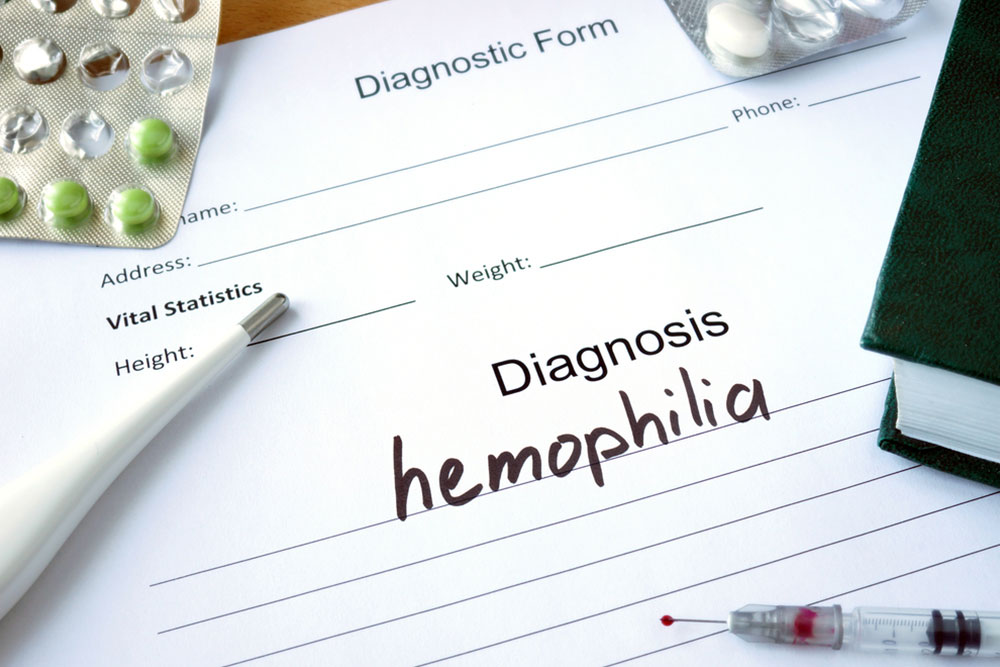Comprehensive Guide to Hemophilia: Causes, Symptoms, and Effective Management Strategies
Hemophilia is a hereditary bleeding disorder caused by deficiencies in clotting factors VIII and IX. This comprehensive guide explains its causes, symptoms, diagnosis, and management, including the latest treatments like gene therapy and lifestyle tips to prevent bleeding episodes. Early diagnosis and personalized care are key to improving quality of life for those affected. Learn how to recognize symptoms, understand treatment options, and adopt effective management strategies to lead a healthy, active life despite the condition.

Comprehensive Guide to Hemophilia: Causes, Symptoms, and Effective Management Strategies
Hemophilia is a rare, hereditary blood disorder that significantly impacts the body's ability to form blood clots, resulting in prolonged or spontaneous bleeding episodes. Understanding this condition is crucial for early diagnosis, appropriate management, and improving the quality of life for affected individuals. This extensive guide delves into the causes of hemophilia, its clinical manifestations, available treatments, and practical tips for managing symptoms effectively.
Hemophilia primarily arises due to genetic mutations that affect specific clotting factors, most notably factors VIII and IX. These deficiencies disrupt the normal coagulation cascade, making even minor injuries potentially life-threatening. The disorder is inherited in an X-linked recessive pattern, which means males are predominantly affected, while females are carriers who may pass the gene to their children. Hemophilia is classified into two main types: Hemophilia A, caused by a deficiency of factor VIII, and Hemophilia B (also known as Christmas disease), caused by a deficiency of factor IX. Both types share similar symptoms but may differ in severity and treatment responses.
Symptoms of hemophilia typically emerge early in life, often before the age of two, making early diagnosis essential. Common signs include spontaneous bleeding episodes without apparent cause, frequent nosebleeds, extensive bruising, and bleeding into joints such as knees, elbows, and ankles. Repeated joint bleeding can lead to chronic joint damage, deformity, and arthritis if not properly managed. Bleeding episodes can also occur internally, affecting vital organs and leading to severe health complications.
Diagnosing hemophilia involves a combination of blood tests, including clotting factor assays, which measure the activity levels of clotting factors VIII and IX. Early detection through neonatal screening can facilitate prompt intervention, reducing the risk of long-term damage. Genetic testing can help identify carriers and inform family planning decisions.
Effective management of hemophilia requires a comprehensive approach that combines medical treatment, lifestyle modifications, and education. The cornerstone of therapy is replacement therapy, which involves intravenous infusions of clotting factor concentrates. These can be administered on a regular schedule to prevent bleeding episodes (prophylactic treatment) or as needed during bleeding events (on-demand treatment). Advances in biotechnology have led to the development of safer, more effective clotting factor products, including recombinant factors that reduce the risk of infections.
In addition to factor replacement, newer therapies such as gene therapy are emerging, aiming to provide long-lasting or even permanent solutions by introducing functional copies of defective genes. While promising, these therapies are still under clinical investigation and not yet widely available.
Beyond medical treatments, individuals with hemophilia can adopt strategies to minimize bleeding risks. Regular exercise is encouraged, focusing on low-impact activities to strengthen muscles and support joints. Patients should avoid contact sports and activities with a high risk of trauma. Additionally, it's vital to steer clear of medications that thin the blood, such as aspirin or non-steroidal anti-inflammatory drugs (NSAIDs), unless prescribed by healthcare providers.
Managing hemophilia also involves addressing emotional and psychological aspects. Chronic illness can impact mental health, leading to feelings of frustration or anxiety. Support groups and counseling services can provide essential emotional support and facilitate knowledge sharing among patients and families.
While life with hemophilia presents unique challenges, proper management can markedly reduce complications and allow individuals to lead active, fulfilling lives. Education plays a pivotal role in fostering awareness, empowering patients to recognize early signs of bleeding, and ensuring timely intervention. Healthcare providers must work closely with patients to develop tailored management plans that evolve with the patient's needs over time.
With ongoing research and innovations in treatment options, the outlook for individuals with hemophilia continues to improve. Early diagnosis, adherence to treatment protocols, and lifestyle modifications are crucial for minimizing complications and enhancing overall health outcomes. Raising awareness about this condition is vital for promoting early detection, reducing stigma, and supporting affected individuals and their families.




